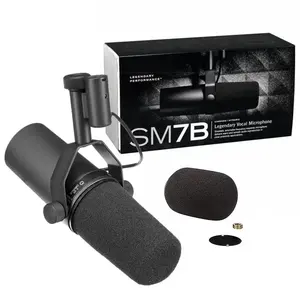Popular en tu industria
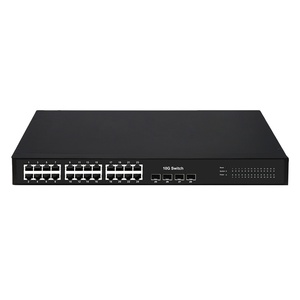
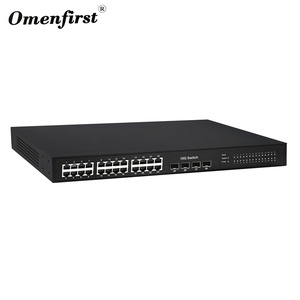
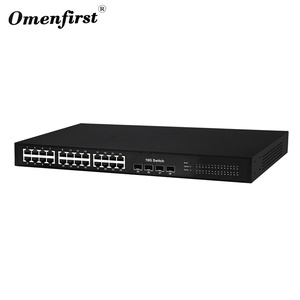
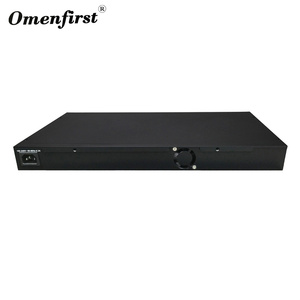
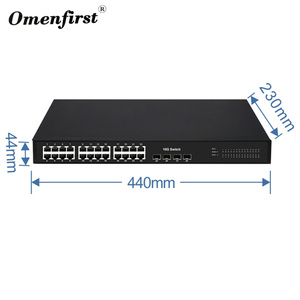
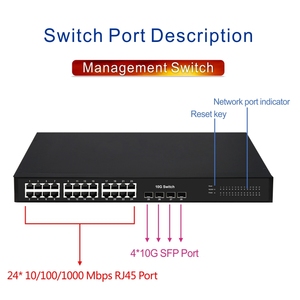

































































Categorías principales
Sobre módulo de pila cisco
Buscando una gran variedad de. módulo de pila cisco? Estás en el lugar correcto en Alibaba.com. El sitio le ofrece la mejor calidad. módulo de pila cisco de grandes marcas que pueden satisfacer sus propósitos con una eficacia superior. Estos prácticos dispositivos le permiten tener una solución súper rápida para las comunicaciones dentro de la red. Y la mejor parte es. módulo de pila cisco también le permite tener el control para que sepa quién tiene acceso a determinadas partes de la red compartida y supervisar su uso también.
El. módulo de pila cisco variará según el dispositivo que elija y deberá verificar la velocidad de red y el ancho de banda requeridos para el conmutador de red elegido. Para una pequeña casa u oficina, cuatro u ocho puertos. módulo de pila cisco será suficiente, pero puede optar por interruptores de parada con hasta 128 puertos para implementaciones más grandes. También tendrás la opción de elegir entre tres diferentes. módulo de pila cisco que tienen diferentes capacidades. El conmutador de red más básico es uno no administrado, el siguiente es un conmutador administrado y el último es un conmutador inteligente.
Los beneficios de su. módulo de pila cisco variará según el fabricante y el tipo que elija, pero en general, a. módulo de pila cisco puede ofrecer los mismos beneficios clave. Utilizando. módulo de pila cisco a la venta en Alibaba.com significa que puede aumentar el ancho de banda de su red disponible y reducir la carga de trabajo en computadoras individuales. También puede aumentar el rendimiento de su red y disminuir las colisiones de paquetes.
Aquí en Alibaba.com, puede esperar una gama variada de. módulo de pila cisco con varios puertos y nombres de marcas disponibles. Compre en el sitio hoy y explore la gama de especialistas seleccionados a mano. módulo de pila cisco que sean confiables y asequibles, con excelentes ofertas. Los productos también ofrecen excelentes servicios posventa.




